How building automation impacts health, efficiency, and indoor air quality in hospitals
How does building automation ensure hospitals are safe, secure, comfortable environments for everyone?





Building data is abundant but often lacks insight. For built-environment professionals, this challenge is compounded by the complexity of facility automation systems, which may contain thousands of database objects that represent critical mechanical and electrical systems. Over time these databases can become inconsistent and user-unfriendly due to the varied methods of engineers and technicians.
The solution? A disciplined approach to standard naming conventions.
Inconsistent object names make it difficult to group, analyze, and understand building data. When data is confusing or inaccessible, optimizing facility performance becomes a challenge. A standard naming convention allows you to:
· Quickly identify and group common objects.
· Simplify database navigation and maintenance.
· Make actionable insights more accessible.
This structured approach benefits all stakeholders, from contractors and technicians to facility operators and executives.
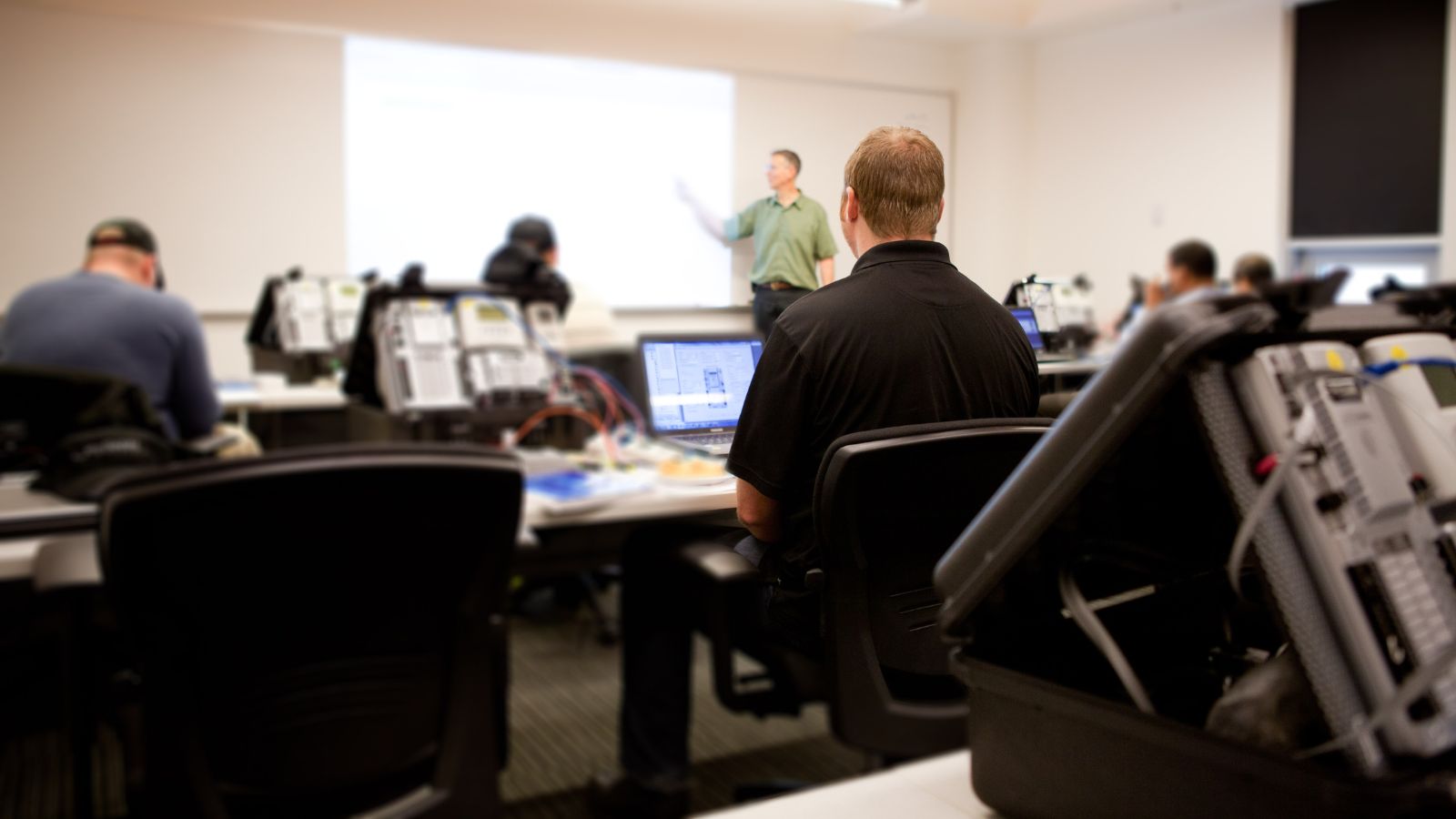
A standard naming convention defines how database objects are named to ensure consistency, clarity, and ease of use. It enables you to infer an object’s purpose from its name and simplifies data grouping and analysis. For example:
· Verbose name: Eighth-floor VAV-08 room-temperature cooling setpoint
· Standard abbreviation: FL08-VAV08-RMT-CLG-SP
By replacing verbose names with intuitive abbreviations, you can quickly search and identify related objects, such as all supply fans or space temperatures in a facility.
A successful naming convention should be:
· Simple: Easy to understand and adopt
· Flexible: Adaptable to different projects and systems
· Sustainable: Able to evolve with new technology
Names should classify objects by common attributes, such as:
· Location: Building, room, or area
· System: HVAC, lighting, or access control
· Component: Fans, pumps, or valves
· Device: Sensors or actuators
· Function: Setpoints, modes, or statuses
Properties represent attributes of a BACnet object. Essential to understanding and characterizing objects, properties incorporate specific pieces of information, including the present value, name, engineering units, alarm configuration, priority array, and status.
Several standard properties are prescribed in BACnet to facilitate a system for identifying data that is both backward compatible and extensible. Use these purpose-built properties with a standard naming convention to provide transparent and consistent interoperability between service providers and vendors.

Semantic tagging enhances naming conventions by associating objects with metadata, enabling easier data retrieval and analysis. For instance, a space-temperature sensor might have tags that describe its location, connected equipment, and purpose. This structured classification improves system performance and facilitates data-driven decisions.
Reliable Controls has long championed the importance of standard naming conventions. We are proud to offer the Reliable Controls Standard Naming Convention Guide, a best-practice resource for Authorized Dealers and consultants. This guide empowers you to implement intuitive and sustainable naming schemes, ensuring simpler, more effective systems.
Are you a designer or consultant who specializes in building automation technologies? Make your life easier, save time, and save effort by registering for a consultant account on our Reliable Controls Support Center today to access the guide.
Extracting actionable insights from automation systems shouldn’t be overwhelming. With a standard naming convention, Reliable Controls Authorized Dealers can deliver solutions that are simple, flexible, and sustainable. By adopting this practice, organizations enhance efficiency, reduce complexity, and improve long-term sustainability.
Let’s work together to build better systems with less effort. Standard naming conventions are just one way we are the people and technology you can rely on.

How does building automation ensure hospitals are safe, secure, comfortable environments for everyone?
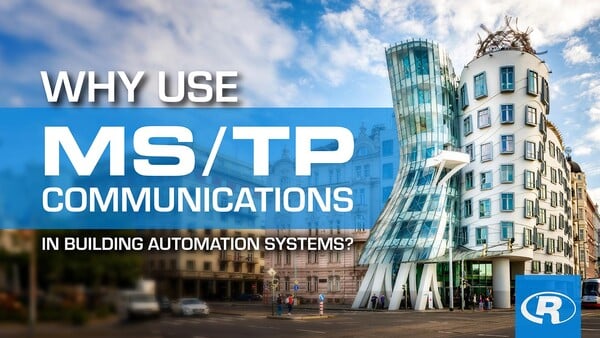
Learn when and why MS/TP communication is helpful in building automation systems.

From the moment you park your car at a hockey arena, your comfort and safety are enhanced through a building automation system. Here’s how.
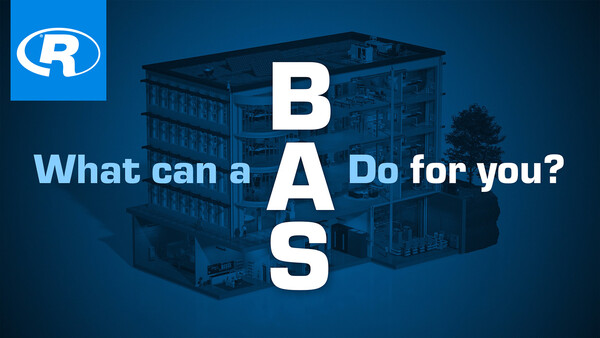
Building automation systems can make buildings truly intelligent, reducing their carbon footprint and saving money. Learn how.

Ever wonder how a building automation system ensures safety and accuracy in lab work?

Museums—and their building automation systems—play an important role in preserving the preserved. Learn how.
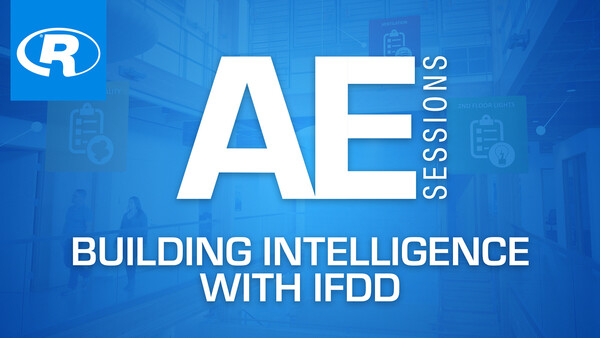
When you see a doctor or personal trainer, you benefit from their knowledge and experience. In the same way, a building automation system should provide all the tools you need to maintain your buildings in optimal health.
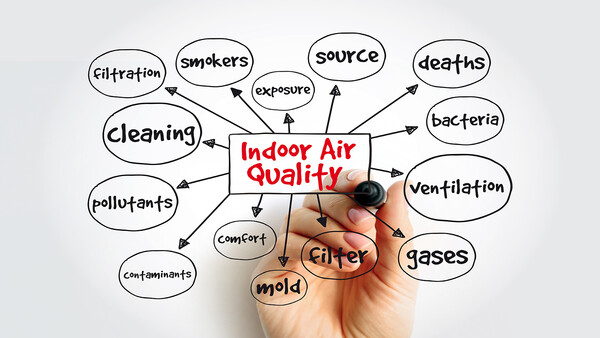
What are you doing to mitigate the transmission of viruses indoors? Learn what measures you can take and how your smart building provides more information and control for IAQ concerns.